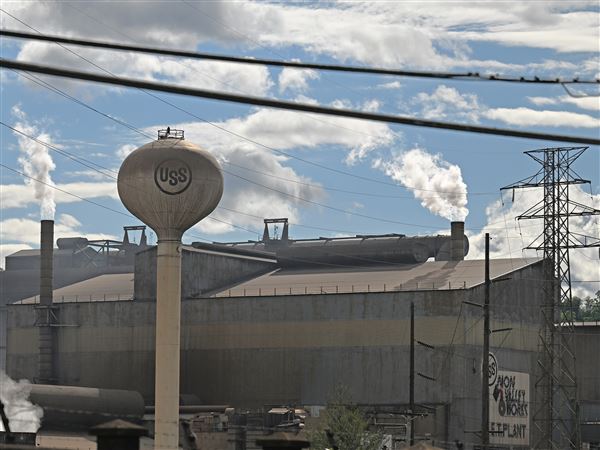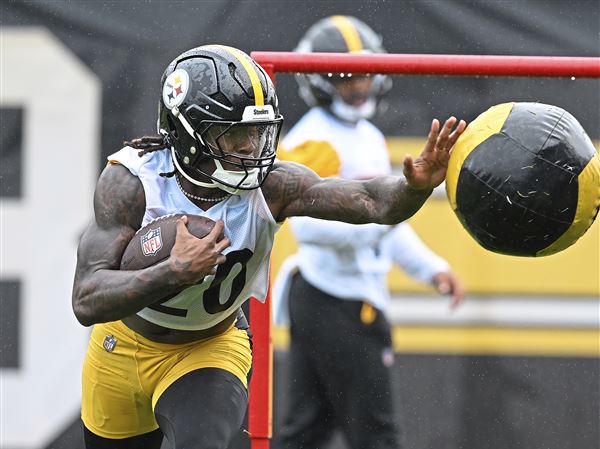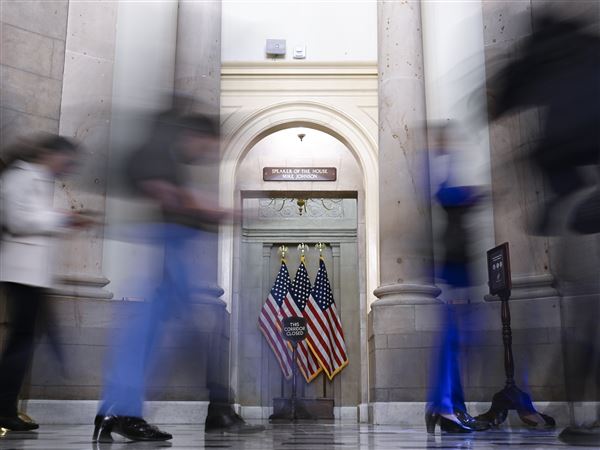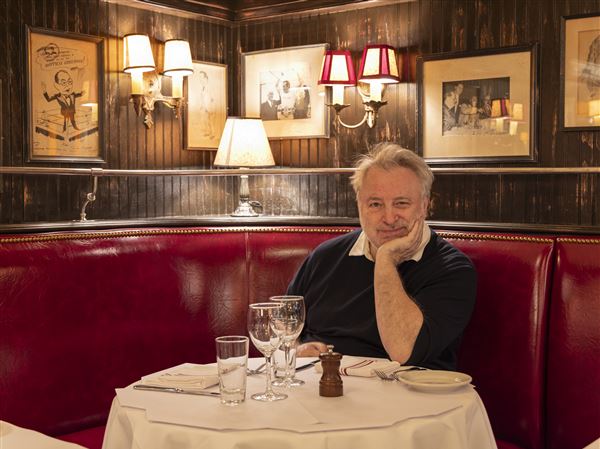
Peter Diana, Post-Gazette
Phil Mickelson hits out of the sand trap on No. 8 Friday in the second round of the U.S. Open. Mickelson, at 11 over, did not make the cut.
When he said it can be dangerous to practice early at a U.S. Open site, Phil Mickelson was referring to what happened to his wrist when he spent Memorial Day weekend at Oakmont Country Club.
When he said he "absolutely" will have to re-evaluate how he prepares for major championships, Mickelson was referring to the length of the rough he saw two weeks ago during a three-day visit and the length of the rough he saw when he finally played in the 107th U.S. Open.
"It was twice as long," Mickelson said.
And when he wondered aloud "What good is it to practice?" if such things are going to happen, Mickelson merely was echoing the frustration he felt for having his boyhood dream of winning the U.S. Open ended by the setup of the course.
Either that, or he was referring to his putting.
When Mickelson exited the Open championship Friday, missing the cut after a second-round 77, the Oakmont membership was unsure what to make of his lament that the rough, in effect, cost him a chance to challenge for the U.S. Open title.
They weren't sure if Lefty was being critical of Oakmont for growing the rough so high or the United States Golf Association for cutting it to more manageable levels a day before the tournament.
In any case, Mickelson should not be upset with Oakmont or the USGA. If anything, he should be upset with himself, and not because he practiced too much in the rough over Memorial Day weekend.
Mickelson, the world's No. 2 player, was not around Oakmont yesterday when the third round ended, leaving the crowd to tramp through the fescue to follow Tiger Woods. Lefty's exit was a disappointment to many, especially because it deprived the Open of the top two players in the world.
And it was especially disappointing to Mickelson, who was limited to two, nine-hole practice rounds before the Open and was reluctant to hit his driver because of the injury to his left wrist.
But, if there is blame to go around -- and it was being dispensed Friday like volunteers passing out tee-time sheets -- Mickelson should keep Oakmont and the USGA out of his crosshairs. Perhaps he should consider another target.
Himself.
When Mickelson wants to start considering the reasons he missed the cut -- the first time he has done that in a U.S. Open since 1992 -- he knows where to start: With his horrid four-hole stretch, beginning at No. 7, in the second round.
But it wasn't just that Mickelson played those holes, which he called the toughest four-hole stretch in golf, in 6 over. If anything, he wasn't around on the weekend to see Woods position himself for another major because of the one area he could practice the most, wrist injury or not.
Putting.
For all his pre-tournament preparation, Mickelson's putter, and his failure to understand Oakmont's slopes, betrayed him in the second round. The double bogey at No. 7 hurt, but only because he had birdied two of the previous four holes. And the bogey at No. 8 was an annoyance, but not a round-crusher.
But what happened on the next two holes is the reason Mickelson missed the cut, and he can only blame himself, his putter and his preparation.
A little history is in order: Before every major championship, Mickelson and his short-game coach, Dave Pelz, spend countless hours practicing around the greens at the tournament site. They study the slopes, check the fall lines, gauge the speed, even check the inclines and declines in the surface with a device designed by Pelz, a former NASA researcher.
So what happens?
After hitting the ninth green in regulation -- a green he said two weeks earlier is the toughest on the course -- Mickelson proceeded to roll his 60-foot putt off the green, resulting in bogey.
At No. 10, after putting his second shot on a safe spot of the green, 40 feet from the hole, Mickelson actually four-putted, missing putts of 6 feet for par and a 5-footer for bogey.
That's seven shots on back-to-back holes after he was on the green.
Mickelson missed the cut by one.
Maybe he was right. Perhaps he should re-evaluate how he prepares.
First Published: June 17, 2007, 2:45 a.m.













